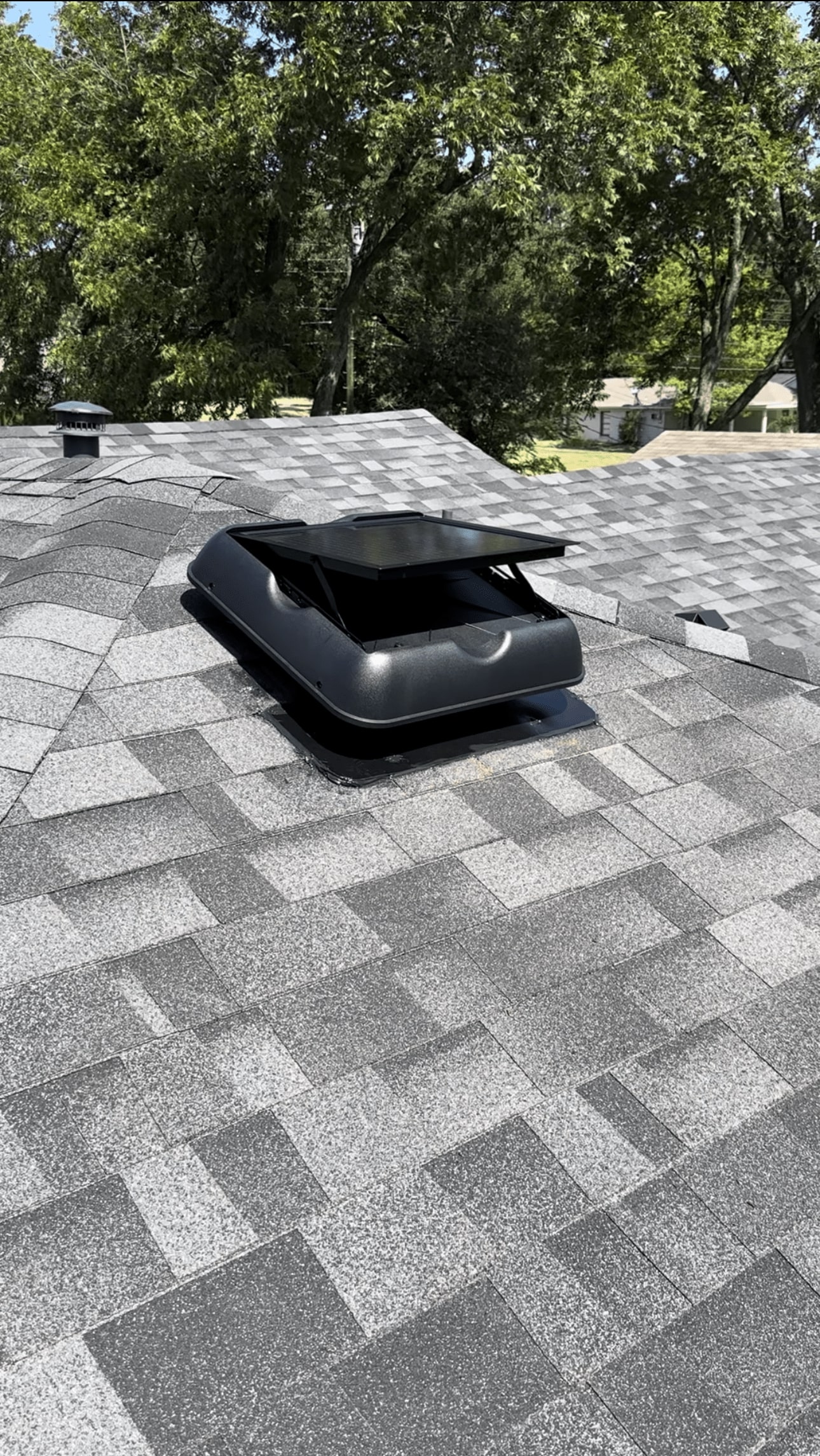More About Green Attics
More About Green Attics
Blog Article
A Biased View of Green Attics
Table of ContentsThe Buzz on Green AtticsHow Green Attics can Save You Time, Stress, and Money.Indicators on Green Attics You Need To KnowThe 5-Second Trick For Green AtticsLittle Known Facts About Green Attics.Some Known Questions About Green Attics.
Uploaded by Service Champions A/c BlogWhen you turn on your heating, you want it to remain inside your home - Spray foam insulation. Powering up the heating triggers the heat to increase straight up right into your attic. It's then approximately your attic room insulation to do its job and obstruct the heat from running awayWhich attic room insulation is ideal? This post will lay out the 4 kinds of attic room insulation you can choose from, plus dive into the pros and cons of each.

9 Simple Techniques For Green Attics
Batts are huge, rolled up sheets of product which are fused together with a chemical vapor. This vapor functions as an adhesive. Why is fiberglass batt insulation so preferred? It's many benefits include: All at once, fiberglass is substantially environmentally friendly. The fiberglass itself is produced from sand which is then turned into glass, which counts as a renewable energy source.
Fiberglass batt insulation seldom shrinks or falls down. This is due to the air pockets that happen in production. Fiberglass batt insulation is additionally soundproof, helping lower outside sounds and maintain interior sound inside the residential or commercial property.

5 Easy Facts About Green Attics Described
If wetness is taken in by the fiberglass batt insulation, it can breed harmful mold and mildew. Rodents and other unwanted guests enjoy fiberglass batt insulation, and often make it their home. Rodent infestations are an actual possibility. If you like the principle of fiberglass but aren't crazy about utilizing batts, then blown-in fiberglass may be the means ahead for you.
When making use of the blown-in technique, it fills up the attic much better, guaranteeing it's air-tight. This decreases the quantity of warm air getting away and cool air entering. It takes an issue of hours to obtain your attic room insulation up and running.
It needs much more upkeep than various other types of attic room insulation on our list. Should the insulation get damp, getting rid of the insulation isn't as very easy as getting rid of fiberglass batts.
This attic room insulation is likewise blown-in making use of a blowing equipment, nonetheless the product utilized is different. The material used here is cellulose. This is made from all various recycled product, consisting of points made out of timber, papers, and cardboard. After that, boric acid and various other materials are used to flame-proof the attic room insulation.
The Of Green Attics
(https://www.reddit.com/user/greenatt1cs/?rdt=33287)
Is blown-in cellulose insulation worth it? Right here's what it can provide your home: For the most component, blown-in cellulose is much better for the earth. With cellulose being Spray foam insulation made from purely recycled product, there's no need to generate brand-new product. Recycling this is eco-friendly. The boric acid and various other compounds help to flame proof the insulation and slow the spread of fires.
Blown-in cellulose insulation has an R-Value that is 23 percent higher than fiberglass batts. Cellulose likewise helps in reducing wind-washing. What are the cons of mounting blown-in cellulose insulation in your attic room? Right here are the disadvantages: Cellulose is environmentally friendly, however the additional materials that are included are not. Boron is called for to create boric acid, and the mining process that mines boron is harmful to the environment.
Cellulose also does not blend well with liquid. Needs to it become moist, mold can expand promptly and spiral unmanageable. Remedying this situation can be labor and time extensive, as you'll require to choose up the insulation gradually, rather than in one roll. The final sort of attic room insulation is spray foam insulation.
A Biased View of Green Attics
Unlike all the various other kinds of attic insulation, spray foam insulation is the only kind to come as a liquid. After being splashed, it enlarges and expands, and after that sets as a durable foam. This foam slides nicely right into any voids, locking closed, and cuts off any kind of getaway paths for your home heating.
Ultimately, what are the downsides of spray foam insulation?: The ahead of time repayment for spray foam insulation is more than the other kinds of attic room insulation on our list. Yet, it's worth taking into consideration that, due to high degrees of energy performance, it'll likely balance out or perhaps end up being less costly in the long-run to maintain your home warm.

Facts About Green Attics Revealed
Excellent treatment requires to be taken around the foam, and you'll require to use goggles, a mask, and a respirator. With 4 types of attic room insulation and their pros and disadvantages, you're now able to make a notified choice, recognizing the benefits and negative aspects to each. That's why I can state with self-confidence that the ideal means to protect my attic is with inexpensive cellulose or fiberglass insulation used over an impermeable attic floor.
Report this page